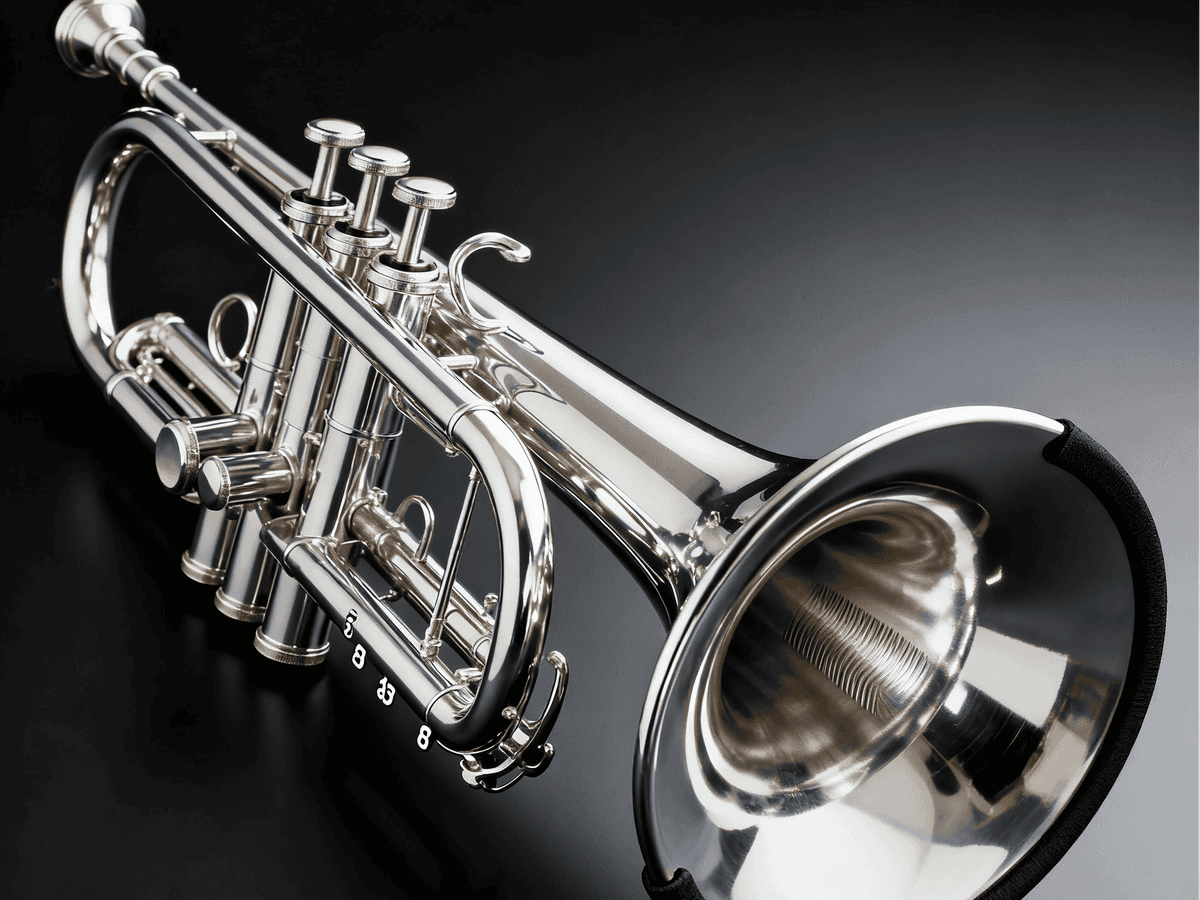Which is harder: trumpet or saxophone ?
16-10 2025
 Of all the questions that echo through a middle school band room, one stands out: "Which instrument is the easiest to play?" The resounding answer from educators is often a simple, yet profound, "None of them." This truth is perfectly illustrated when comparing two of the most popular choices: the trumpet and the saxophone. The consensus among those who have experienced both is that neither instrument is inherently harder than the other; they simply present different sets of challenges, embodying the universal trade-offs required to master any musical instrument.
Of all the questions that echo through a middle school band room, one stands out: "Which instrument is the easiest to play?" The resounding answer from educators is often a simple, yet profound, "None of them." This truth is perfectly illustrated when comparing two of the most popular choices: the trumpet and the saxophone. The consensus among those who have experienced both is that neither instrument is inherently harder than the other; they simply present different sets of challenges, embodying the universal trade-offs required to master any musical instrument.
The Universal Principle of Trade-Offs
Every instrument in the band is capable of playing all the notes within its range, and all eventually reach a point where fingerings or positions begin to repeat. The difficulty, therefore, does not lie in the number of notes, but in the technique required to produce them.
This leads to a fundamental trade-off:
- Woodwinds (like the saxophone) typically involve fewer changes in embouchure (the way the mouth is shaped) but require players to learn a greater number of fingerings.
- Brass (like the trumpet) generally operate with fewer fingerings, but demand far more precision and variation in lip position and air control to change notes.
In this framework, the saxophone and the trumpet sit on a relatively even playing field. The challenge of one is balanced by the challenge of the other.
The Case for the Saxophone's Intuitive Design
From a technical standpoint, the saxophone offers a more structured learning curve for fingerings. As one experienced player notes, the fingerings "to some extent follow a pattern that mimics the pitch of the notes from low to high." While the octave key introduces a shift, the logic of the fingering system is often more intuitive. The trade-off is the initial effort of learning a more complex key system with multiple keys for each finger.
The Case for the Trumpet's Demanding Embouchure
The trumpet, in contrast, appears mechanically simpler with only three valves. However, this simplicity is deceptive. There is "almost no pattern to trumpet fingerings," and players must navigate these combinations with precision. The true challenge, however, lies in the embouchure.
Producing a clear, in-tune sound on the trumpet requires immense control over tiny, nuanced changes in lip tension and airflow. Making a good sound takes significant effort, and the physical demand of buzzing the lips is often greater than that of forming a saxophone reed embouchure. As one player who has experience with both instruments concludes, the trumpet is "harder than sax, because trumpet is just less intuitive than sax, and takes more effort to make a good sound."
The Bigger Picture: When an Instrument is Truly "Harder"
This comparison helps highlight what makes other instruments particularly challenging. The question isn't about trumpet vs. saxophone, but about the extremity of the trade-offs. For instance:
- The French horn is considered harder than the saxophone because its trade-off is extreme: it has even fewer fingerings than the trumpet, but requires an incredibly refined and precise embouchure to hit the correct partials in its high harmonic series.
- The bassoon is considered harder than the trombone because it takes the woodwind trade-off to an extreme, featuring a vastly complex system of keys and fingerings.
Conclusion: A Choice of Challenge
In the end, the journey of learning the saxophone or the trumpet is not a choice between easy and hard, but a choice between different kinds of difficulty. The saxophonist invests in mastering a logical but intricate fingering system, while the trumpeter dedicates themselves to the physical art of embouchure control and breath support. Both paths require dedication, practice, and a willingness to overcome unique obstacles. The best choice for any student is not the "easiest" instrument, but the one whose particular challenges they are most motivated to conquer.

This article is provided by Mansdone Brand Marketing Department!